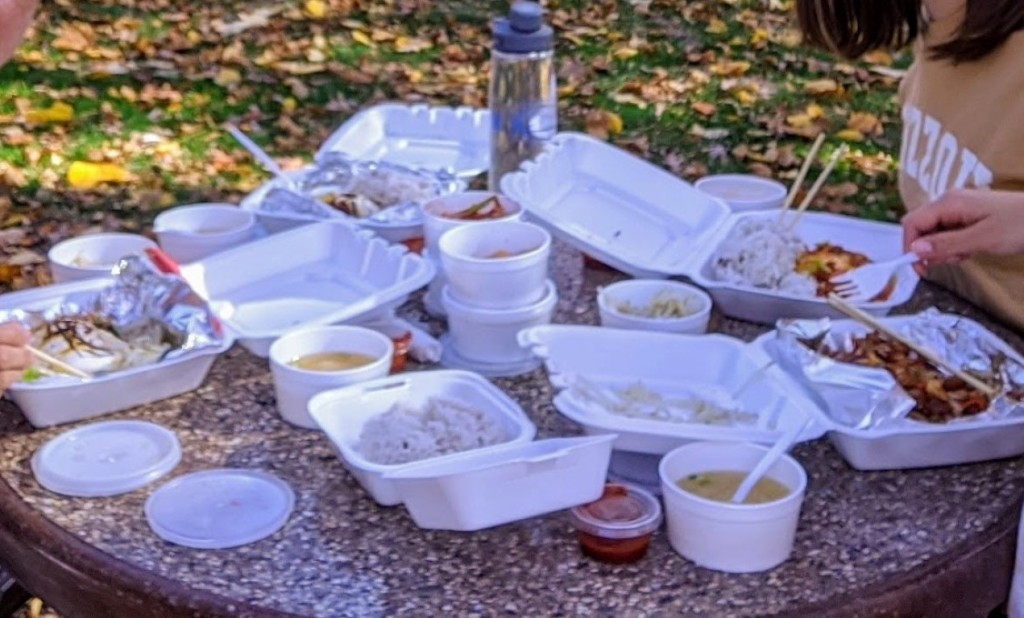
My New Year’s Resolution for 2020 was to reduce my consumption of single-use plastic. Here’s what I wrote a year ago:
I’m here to announce my new-year’s resolution. In 2020, I pledge to use zero — or as close to zero as possible — single-use plastic items or packaging. This means no water or soda in plastic bottles, no disposable plastic or styrofoam cups at fast-food restaurants or convenience stores, no plastic straws (except those I’ve saved and reused). I don’t plan to entirely give up some things, such as margarine, but wherever possible, I will choose a sustainable alternative. And I’ll write a blog post every week in 2020 to chronicle my experiment. Along the way, I will explore some facts and myths about recycling.
Of course, I didn’t know what 2020 was going to bring us. While I totally failed at writing a post per week, I did continue to do my best to avoid single-use plastic. Although COVID-19 made keeping my resolution more difficult than expected, there were some successes. Here is my recap.
Success stories
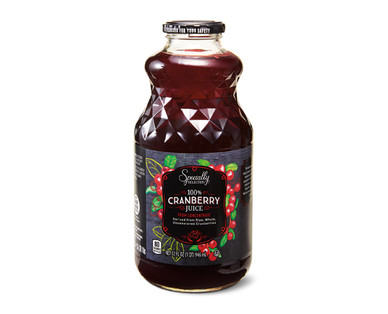 Cranberry juice: I bought only unsweetened cranberry juice at Aldi in glass containers. Diluted 1:1 with water and sweetened with homemade simple syrup or Splenda, this is just as good and about as cost effective as Ocean Spray.
Cranberry juice: I bought only unsweetened cranberry juice at Aldi in glass containers. Diluted 1:1 with water and sweetened with homemade simple syrup or Splenda, this is just as good and about as cost effective as Ocean Spray.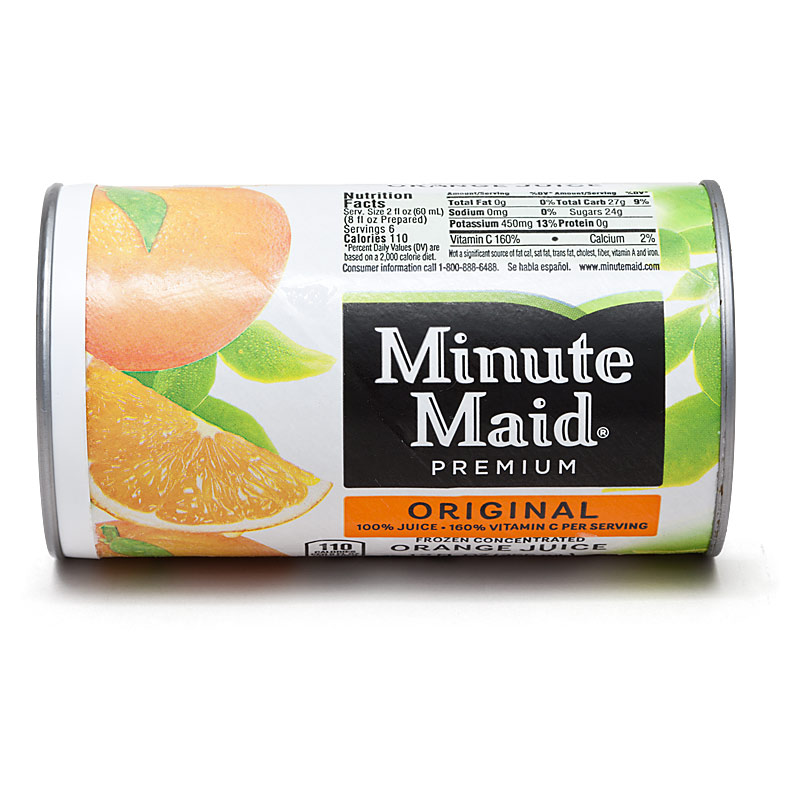 Orange juice: Switched back to using FCOJ (frozen concentrated orange juice). Aldi still has a version in cardboard cans. Minute Maid costs twice as much as the Walmart brand, but still comes in those cardboard cans with metal ends, unlike the plastic “cans” of the store brand.
Orange juice: Switched back to using FCOJ (frozen concentrated orange juice). Aldi still has a version in cardboard cans. Minute Maid costs twice as much as the Walmart brand, but still comes in those cardboard cans with metal ends, unlike the plastic “cans” of the store brand. - Pancake syrup: I stopped buying this entirely, and make my own from scratch. Here’s a recipe:
- Combine equal volumes of dark brown sugar, granulated white sugar, and water (say, 3/4 cup each) in a small saucepan. Bring to a boil for about a minute. Allow to cool. Add 1/4 to 1/2 teaspoon each of maple flavoring and vanilla. Transfer to repurposed glass bottle (I use a soy sauce bottle).
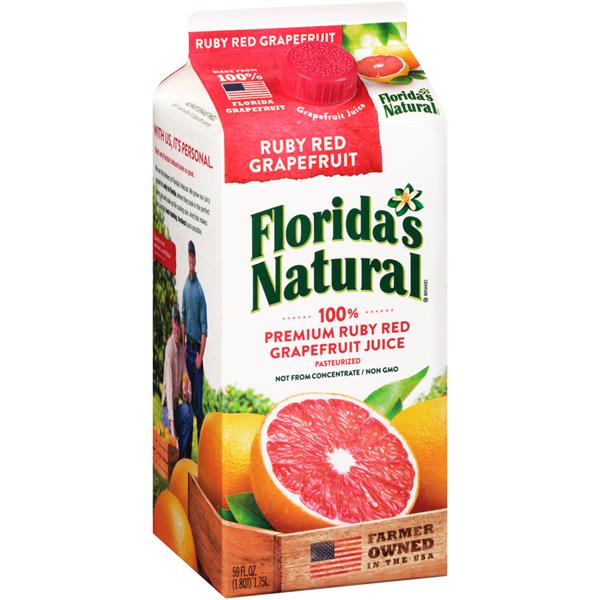 Grapefruit juice: I cannot find this in concentrated form, but Food 4 Less carries Florida’s Natural brand in a 52-ounce waxed paper carton. (Walmart stopped carrying this in 2020).
Grapefruit juice: I cannot find this in concentrated form, but Food 4 Less carries Florida’s Natural brand in a 52-ounce waxed paper carton. (Walmart stopped carrying this in 2020). 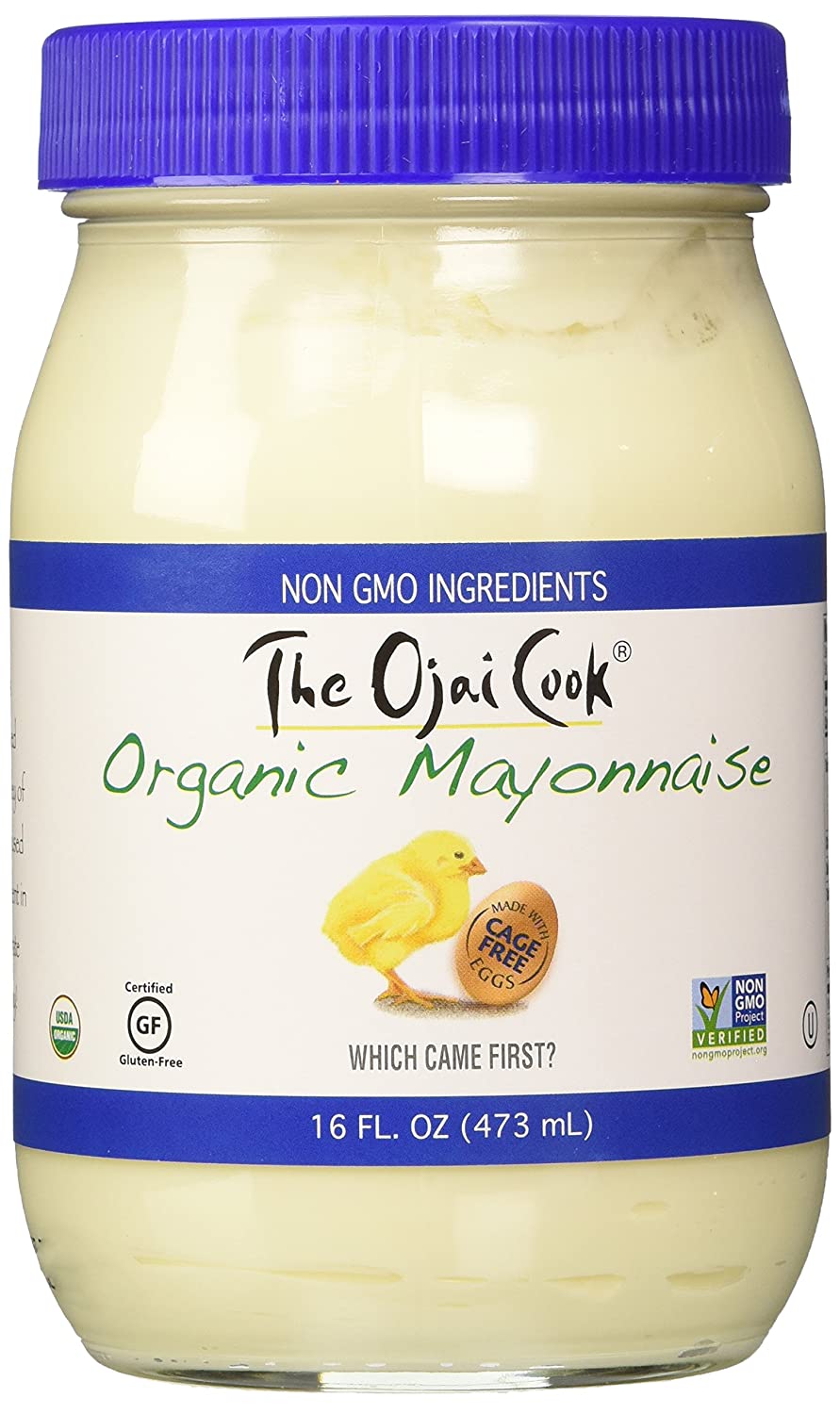 Mayonnaise, olive oil, sesame oil: I am able to find these in glass bottles or jars. I have to go to Natural Grocers to buy organic mayo, though, as I can no longer find any mayo in glass jars at regular grocery stores. The Ojai Cook brand is good and the least pricey of the options, though it is still over $4 for a 16-oz jar. Thankfully, I don’t need much. For many recipes, I can substitute some or all of the mayo with fat free sour cream or Greek yogurt. Though these are only available in plastic…
Mayonnaise, olive oil, sesame oil: I am able to find these in glass bottles or jars. I have to go to Natural Grocers to buy organic mayo, though, as I can no longer find any mayo in glass jars at regular grocery stores. The Ojai Cook brand is good and the least pricey of the options, though it is still over $4 for a 16-oz jar. Thankfully, I don’t need much. For many recipes, I can substitute some or all of the mayo with fat free sour cream or Greek yogurt. Though these are only available in plastic…- Disposable water bottles/cups/straws: I simply do not often order beverages when I am out, trying instead to remember to take a full refillable water bottle with me.
- Chick-Fil-A and Sonic use only styrofoam cups, but Braum’s will still serve you a shake in a paper cup if you ask. I keep a reusable straw in my car and wash it after use.
- Instead of bringing a case or two of bottled water to my daughters’ swim meets for which we signed up to provide snacks, I brought a 5-gallon refillable Culligan water bottle, and this rechargeable water dispenser. Since swimmers bring refillable bottles anyway, this was perfect. What’s better is that I was asked to bring it again, and the following season, the coaches asked girls to bring 2 refillable water bottles and not to bring disposable bottles. A win!
- Coffee: I rarely get coffee out anymore. A couple of times, I did get a hot Starbucks (in paper, but with a plastic lid) but I don’t get the cold drinks. I tried to use my refillable cup at the local convenience store and received a really hostile look and was reprimanded (“You can’t bring that in here anymore.”) COVID really put the clamps down on using refillable cups. Even though we now know that this isn’t the primary method of viral transmission, I wonder if we’ll ever get back to where we were on this previously.
- Dining out: Since we haven’t eaten in a restaurant since March, takeout is the only option.
- I discovered that Mexican restaurants are the best for reducing waste, and especially plastic waste. Fast-food Mexican comes in paper wrappers and paper bags, and with no plastic utensils. Local full-service Mexican restaurants send their takeout in aluminum trays with cardboard lids. That’s a win.
- Other fast food: I typically don’t get drinks out. Chick-Fil-A serves their sandwiches and fries in paper/foil (but their drinks are in horrible expanded polystyrene). Pizza (Caseys, Old Chicago, Woody’s) comes in cardboard boxes. Some Chinese comes in those paper cartons with the wire metal handles. But we have to remember to tell them not to include sauce packets and plastic utensils.
- Eating in:
- We have always cooked a lot at home, and continued to do this. Being home more meant more build-your-own pizzas (with fresh vegetables and sauce from a glass jar), casseroles, grilled chicken and fish, rice bowls, eggs (scrambled, hard-boiled, fried), cheese, fruit, soup, stir fry, and lately, sushi.
- Bread flour and yeast were both hard to come by early in the pandemic-induced quarantine. This fall we finally got a sourdough starter from a friend and made the leap into bread baking. It’s been great — and no need to buy yeast!
- I discovered recently that my wife stopped buying chicken or vegetable stock in cartons. I didn’t even notice. We now only get Better than Bullion in a glass jar and make our own stock.
- Beverages: If it doesn’t come in glass or aluminum, we try to avoid it. Soda, beer, wine, etc. are all on the grocery list. But with the aluminum can shortage this year (who would have thought!), I had to do without my beloved Coke Zero for several weeks. And we haven’t been able to get Fresca since March. Diet ginger ale is an imperfect substitute.
- Eggs: We go through a lot of eggs. We get them by the dozen in recycled paperboard cartons from Aldi or in a case of 60 in a cardboard box from Neighborhood Market.
Areas for improvement
- Dining (of course).
- We got takeout from the local Italian restaurant. Everything was in separate polystyrene containers. Pasta in one, side dishes in another, breadsticks in a third. We were too guilty to order from there again.
- We got Indian food a couple of times. Each main course came in a plastic tub. These can be reused, but how many of these does a family need? And they’re smelly and stained, so they went into the garbage.
- When traveling: We went to visit our daughter at her university and got takeout from a local Korean restaurant and ate it in the park (see photo above). We also got frozen custard while we were there. While we didn’t order drinks and used our water bottles. the amount of single-use plastic was tremendous. But it was that or nothing. I will be happy when we can eat in restaurants again.
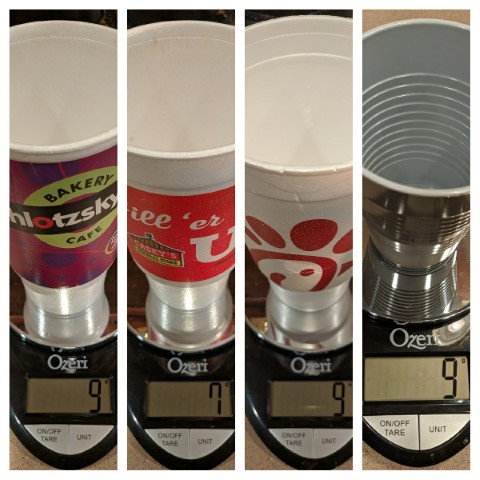 Beverages: While I was committed to no disposable plastic, the rest of my family was not. My daughters continued to purchase smoothies in Styrofoam, iced coffees, Gatorade in plastic bottles, and protein shakes in unrecyclable multilayer packaging. On the other hand, they use refillable water bottles often and I don’t think we purchased any bottled water at all this year. We also now have some powdered Gatorade that one daughter chose to buy (on her own) rather than buy a case of it in plastic bottles. My example is rubbing off some.
Beverages: While I was committed to no disposable plastic, the rest of my family was not. My daughters continued to purchase smoothies in Styrofoam, iced coffees, Gatorade in plastic bottles, and protein shakes in unrecyclable multilayer packaging. On the other hand, they use refillable water bottles often and I don’t think we purchased any bottled water at all this year. We also now have some powdered Gatorade that one daughter chose to buy (on her own) rather than buy a case of it in plastic bottles. My example is rubbing off some.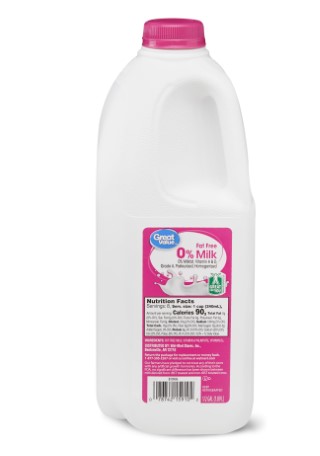 Other refrigerated or pantry items:
Other refrigerated or pantry items: - We’re still getting milk in 1/2-gallon polyethylene bottles. We don’t go through a lot of milk, but perhaps in 2021 I should look into whether we can even get nonfat milk in refillable glass.
- We also purchased several bottles of salad dressing in plastic bottles. However, my wife has a recipe for a homemade vinaigrette with olive oil that she has been using more regularly. Ketchup and barbecue sauce are difficult to find in anything other than plastic.
- Vegetable (canola) oil still pretty much only comes in plastic bottles. I may need to research other options.
- Shopping: There’s no way to use your own reusable bags when you use the grocery pickup service. However, we did reuse most of those plastic bags as kitchen garbage bags or to dispose of used kitty litter. I don’t think we can ever eliminate all single-use plastic, but I was much better about remembering to use my own bags on the occasions that I shopped for myself inside the store.
Summary
Even in 2020, I call my experiment to reduce my consumption of single-use plastic a success. Some sacrifices had to be made, such as doing without Fresca, even when the product returned to stores in 2L polyester bottles. Some reduction came at a cost, such as paying more for organic mayo in a glass jar. But many of the changes I made just improved my quality of life all around. Making my own pancake syrup and bread means that I have high quality ingredients (no high-fructose corn syrup) for less money, and never have to worry about running out, as long as I keep the pantry stocked with sugar, flour and salt. Then there are the other random finds that save money as well, such as Goose Island IPA in a 15-pack for about $1 per can! And I cannot think of a downside to not buying water in disposable plastic bottles at all.
I do not plan to abandon these changes in 2021. Most of them are simply lifestyle changes. I feel I’ve made a tiny step toward sustainability. I plan to continue to try to make more sustainable choices in 2021, such as eating less meat, washing clothes only as often as necessary (with less detergent), using only washable masks (!), and, of course, trying to use even less single-use plastic. I’ll let you know how it goes.